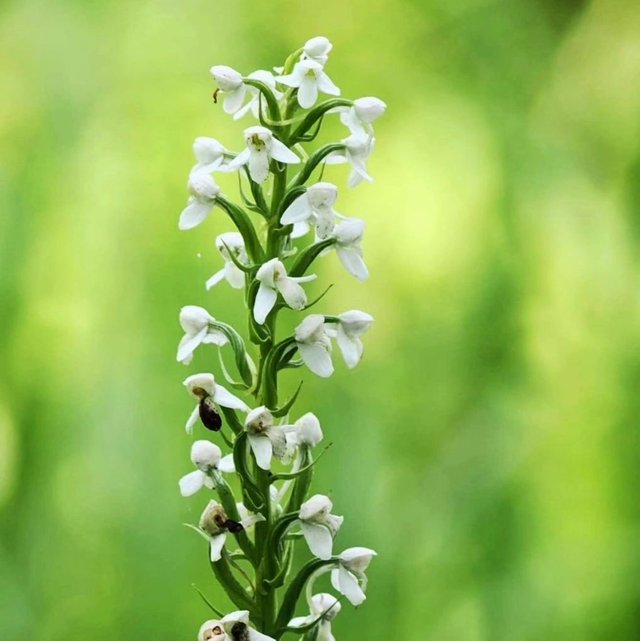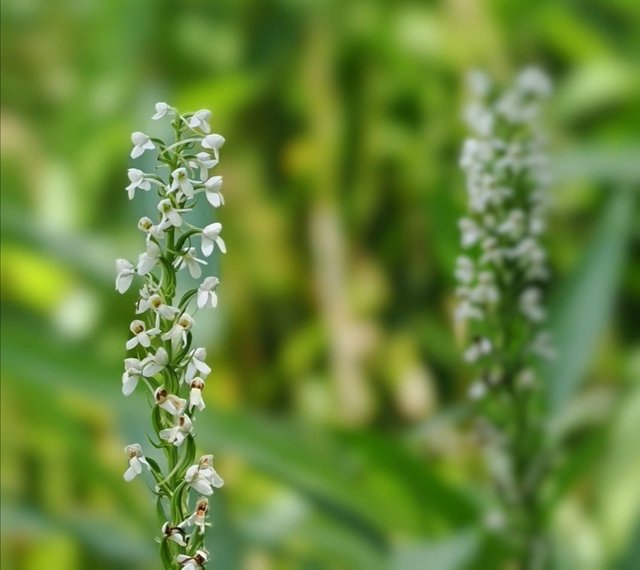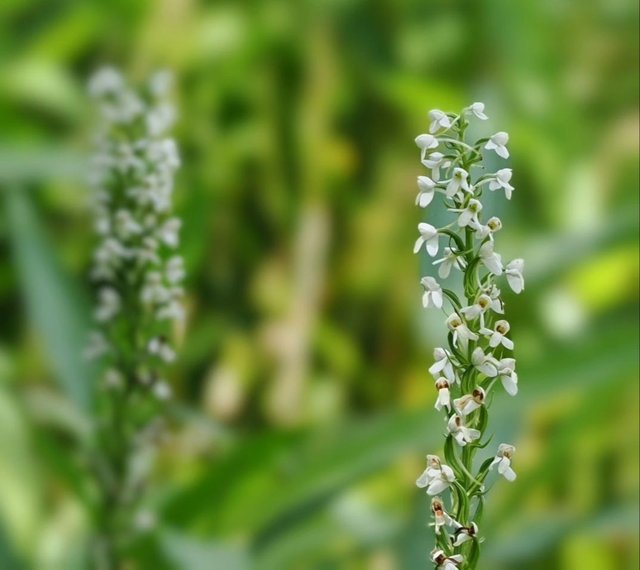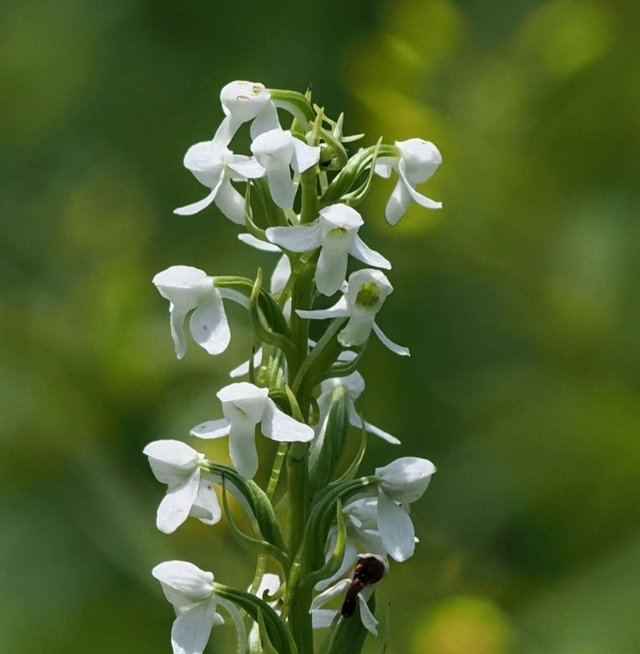Platanthera So Beautiful
Exploring the Genus Platanthera: Marvels of the Orchid World
Platanthera, commonly known as bog orchids or butterfly orchids, is a captivating genus within the Orchidaceae family. Renowned for its intricate and often fragrant flowers, this genus encompasses over 200 species spread across diverse habitats in the Northern Hemisphere. This detailed exploration will delve into the botanical characteristics, ecological significance, conservation status, and horticultural appeal of Platanthera.
Botanical Characteristics
Morphology
Platanthera orchids are characterized by their striking floral structures. They typically possess:
Flowers: Flowers of Platanthera species exhibit a range of colors including white, green, yellow, and purple. The lip, or labellum, is often spurred and serves as a landing platform for pollinators.
Leaves: Leaves are usually arranged in a basal rosette or alternately along the stem. They can vary in shape from lanceolate to elliptic.
Roots: These orchids have a tuberous root system, adapted for nutrient storage and survival in varying environmental conditions.
Reproductive Biology
Platanthera orchids have evolved complex pollination mechanisms involving specific insect pollinators. The structure of their flowers often necessitates a precise fit between the floral morphology and the pollinator, such as moths, butterflies, or bees. This specificity ensures effective pollen transfer and genetic diversity within the species.
Ecological Significance
Habitat and Distribution
Platanthera species are found in a wide range of habitats, from temperate forests and meadows to wetlands and alpine regions. Their adaptability to different ecological niches highlights their evolutionary success. Some key habitats include:
Wetlands: Many Platanthera species thrive in bogs, fens, and marshes, where they often play a role in maintaining the health of these ecosystems.
Forests: Woodland species are adapted to shaded environments and contribute to the biodiversity of forest understories.
Alpine Zones: High-altitude species demonstrate resilience to harsh conditions and are integral to the fragile alpine ecosystems.




Thanks For Reading
Device Information
| Device | Redmi Note 10 Pro |
|---|---|
| Lens | 64 mp |
| Location | Bangladesh |
